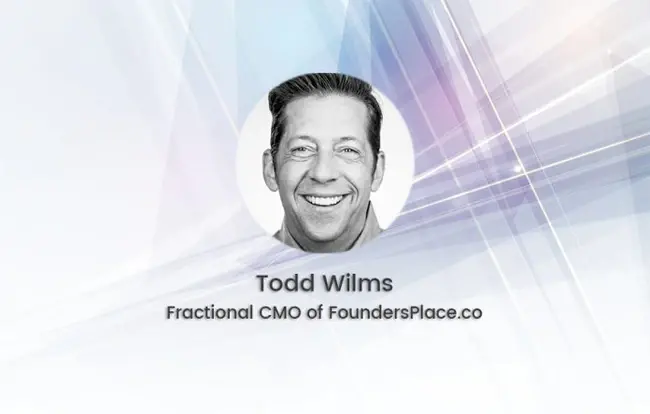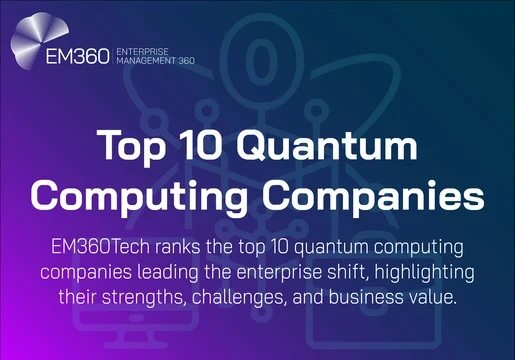“Want to grab a coffee?” The innocuous 15-turns-into-45-minute beverage is the centrepiece of our networking and get-to-know-you culture. But the practice is so aimless and so adrift that many seasoned executives are shying away from it. If we value our time, we crave the connections and benefits of networking, but we should beware of the coffee chat as a regular practice.

The 30-Minute Challenge Meeting
Instead of having an agenda-less coffee, make the meeting purposeful. LinkedIn and social media have made openers like “what school did you go to?” irrelevant. A person’s professional history and their connections are laid bare to us all. So why rehash that over a chai tea?
The agenda is simple: for 30 minutes you are on each other’s board of advisors. Share the challenges you believe the other person may have some insight into, and have them do the same. The goal is for each of you to seek counsel about what is weighing you down in your professional lives. It is important to give the other person the opportunity to respond and add their insights and perspectives. As you tell your story, have a sense of where they can align and offer value. If you are talking about general accounting practices and the other person is a design thinking specialist, you may miss the mark.
Once you have finished, give the other person an opportunity to respond or to ruminate on it and get back to you. The test of the relationship is in the follow-up. If the person has some genuine interest in you, they are likely to come back later with some thoughts on your challenges. If they don’t follow up, you’ll have a sense of the depth of their early commitment to you — what a great way to out connections against the value of sincerity.
In Practice
I participated in a conversation like this at the 2019 MarTech conference in San Jose. As the other person was telling me about their challenge of navigating the future, they seemed excited yet uncomfortable about their next steps. They had always had a plan, but for the first time had no definitive road map going forward. I shared that many founders I contacted for the book had shared similar experiences upon their exit and had found that, while having options is freeing, it is no less stressful than the alternatives because founders are wired to take the next step. An open road — or open series of roads — may add more stress than knowing your next step.
The sigh of relief, acknowledgement, and appreciation made us connect and strengthen our ability to align together in the future.
The 10-5-10-5 rule is a great template for these conversations. You can even set up your meeting this way ahead of time.
10-5-10-5:
10 minutes of discussion of challenges for the first person
5 minutes of response or questions from the second person
10 minutes of discussion of challenges for the second person
5 minutes of response or questions from the first person
Unexpected Value
The other person’s value to you is quickly established and moves you well beyond their CV or pedigree. It’s fascinating how often the relationship can turn from professional to professional-personal. Deepest, darkest fears are generally not shared with a stranger, but often in these conversations a real connection is made and you both start to share not just business challenges but the ways you are struggling to address those challenges. How much you share is determined by your comfort zone, but these deeper conversations both reveal something about ourselves and give us unexpected feedback from people who can serve on our informal board of advisors.
Next time you are asked for a coffee meeting, take the person out for a 30-minute challenge meeting instead and see who is up for the task. A solid year into this experiment, I am seeing an 80% success rate. My “coffee talk” rate was around 10%.
Now I have a caffeine addiction to work on, but that is another story. Anyone want to meet me for a 30-minute challenge and help me figure that out?







Comments ( 0 )